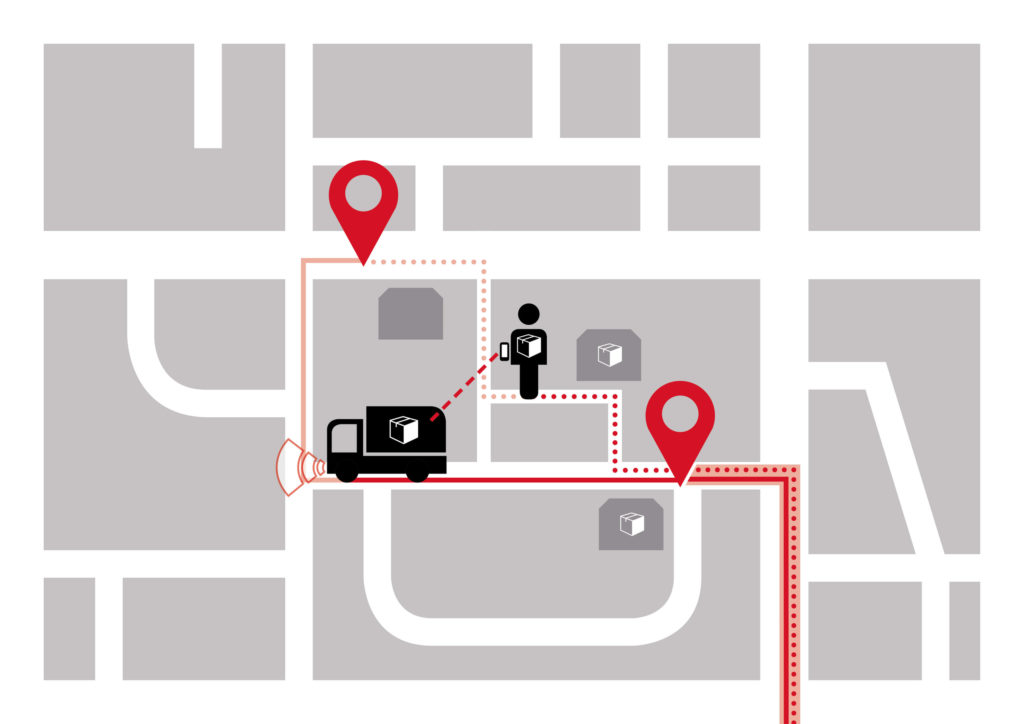Germany’s Federal Ministry of Transport and Digital Infrastructure are funding the VanAssist research project to explore the use of sustainable, intelligent, and automated delivery vehicles to reduce the strain on couriers.
The project is a collaboration between Ibeo, DPD, IAV, and bridgingIT as well as the Institute of Automotive Engineering at TU Braunschweig, TU Clausthal, the University of Mannheim and the University of Applied Sciences Offenburg.
The focus of the VanAssist project is autonomous electric vans designed for emission-free delivery in urban centers with the safety system playing a key role in the self-driving delivery vehicle. Ibeo coordinates and monitors the safety-relevant data of the components involved, such as lane-keeping sensors. If the vehicle starts to deviate, the path is then corrected.
“An autonomous vehicle needs eyes to find its way. Sensors scan the outside world in order to do this,” explains Alexander von Bergner, Ibeo project manager for VanAssist. “But it also needs a brain to evaluate situations and take action. Our safety system takes care of that. For us, this is a major contribution so that vehicles can drive on their own in the near future without requiring a safety driver.”
Ibeo’s newly developed lidar sensor ibeoNEXT collects live environmental data, which is processed into highly accurate digital maps for the vehicle to use for navigation. The delivery vehicles detect when something changes in the surroundings and update the map. If a vehicle still cannot keep going on its own, the control center switches on. “A purely GPS-based tracking system would be far too inaccurate. Our sensors let us determine the vehicle’s position to within exactly ten centimeters,” adds von Bergner.
The courier removes packages from the vehicle and delivers them on foot to the surrounding area. The vehicle moves on its own to the next stop and waits there for the courier. The vehicle and courier are in permanent contact with each other via a communication unit. In complex and dynamic environments VanAssist can be remotely enabled from a control center to avoid an obstacle that the vehicle sensors cannot clearly identify.
In the future the system will optimize delivery routes and take the best and shortest route using the courier’s personal experience coupled with the ideal delivery time at an address, special delivery conditions, traffic conditions and best stopping points. The automated vehicles can already handle many situations on their own.
The VanAssist test track is located on the TU Braunschweig campus with a total of €2.7million in funding.


